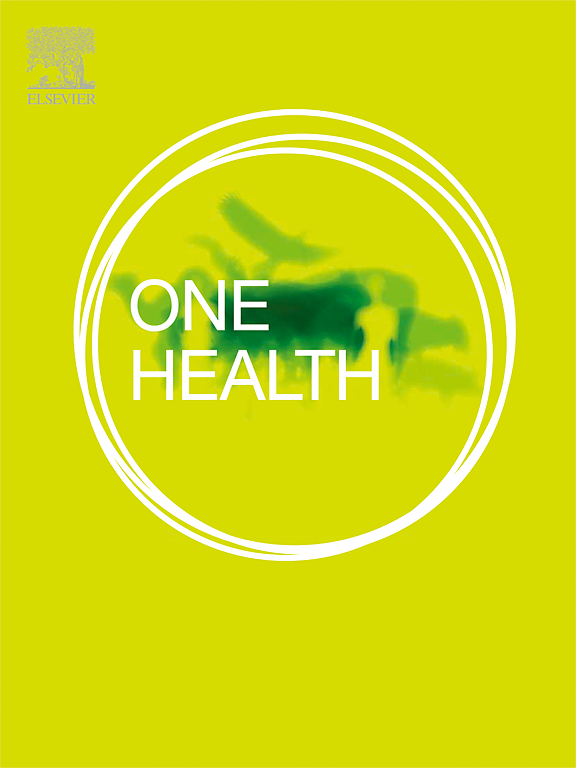DNA metabarcoding analysis revealed a silent prevalence of environmental pathogenic Leptospira in urban area of Okinawa Island, Japan
IF 4.1
2区 医学
Q1 INFECTIOUS DISEASES
引用次数: 0
Abstract
Objective
Human activities, such as agriculture, environmental manipulation, and city development, have impacted the distribution of flora, fauna, and microbes (including potential human pathogens) at the global level. This study focused on the bacterial genus Leptospira, an organism causing leptospirosis that is prevalent in tropical and subtropical regions. We hypothesized that although only a few cases of leptospirosis have been reported in the urban region of main island of Okinawa Prefecture (Okinawa Island, OKI), Japan, Leptospira is present in these regions.
Methods
Thirty-four samples were collected from rivers in urban OKI and rural Ishigaki Island (ISG) and analyzed to determine the distribution of Leptospira and mammals using environmental DNA (eDNA) metabarcoding. High-throughput sequencing analysis was performed to sequence the polymerase chain reaction products of partial leptospiral 16S rRNA and vertebrate mitochondrial 12S rRNA genes from 16 and 18 river samples of OKI and ISG, respectively, including the waters collected from Leptospira-endemic areas in ISG.
Results
Leptospira noguchii and L. interrogans-related, two Leptospira species of the P1+ clade that are pathogenic to humans and mammals, were repeatedly detected in OKI and ISG, supporting our hypothesis. The sequence numbers of the five Leptospira species of P1– and P2 clades showed significant correlations with those of cattle (Bos taurus) in OKI; however, the potential host animals for P1+ species remain unclear. The total number of leptospiral sequences obtained from the ISG samples was correlated with the distance from the mountainous woodlands.
Conclusion
The pathogenic P1+ Leptospira was distributed in urban OKI, in addition to rural ISG. The factors correlated with leptospiral detection, that is, cattle eDNAs and the distance from mountainous forests in OKI and ISG, respectively, suggest the silent prevalence of Leptospira in urban and developing regions related to human activities. The findings of the present study provide insights into public health in cities with respect to climate change and possible flood damage.
DNA 代谢编码分析揭示了日本冲绳岛城市地区环境致病性钩端螺旋体的隐性流行情况
本文章由计算机程序翻译,如有差异,请以英文原文为准。
求助全文
约1分钟内获得全文
求助全文
来源期刊

One Health
Medicine-Infectious Diseases
CiteScore
8.10
自引率
4.00%
发文量
95
审稿时长
18 weeks
期刊介绍:
One Health - a Gold Open Access journal.
The mission of One Health is to provide a platform for rapid communication of high quality scientific knowledge on inter- and intra-species pathogen transmission, bringing together leading experts in virology, bacteriology, parasitology, mycology, vectors and vector-borne diseases, tropical health, veterinary sciences, pathology, immunology, food safety, mathematical modelling, epidemiology, public health research and emergency preparedness. As a Gold Open Access journal, a fee is payable on acceptance of the paper. Please see the Guide for Authors for more information.
Submissions to the following categories are welcome:
Virology,
Bacteriology,
Parasitology,
Mycology,
Vectors and vector-borne diseases,
Co-infections and co-morbidities,
Disease spatial surveillance,
Modelling,
Tropical Health,
Discovery,
Ecosystem Health,
Public Health.
 求助内容:
求助内容: 应助结果提醒方式:
应助结果提醒方式:


